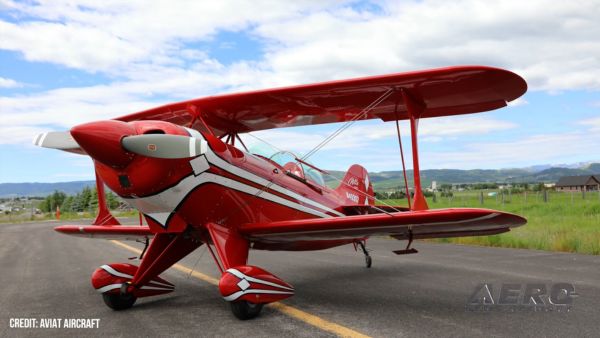NASA's Mars Rover to Head Toward Bigger Crater
NASA's Mars Rover Opportunity is setting its sights on a crater
more than 20 times larger than its home for the past two years. To
reach the crater the rover team calls Endeavour, Opportunity would
need to drive approximately 7 miles to the southeast, matching
the total distance it has traveled since landing on Mars in early
2004.

The rover climbed out of Victoria Crater earlier this month.
"We may not get there, but it is scientifically the right
direction to go anyway," said Steve Squyres of Cornell University,
principal investigator for the science instruments on Opportunity
and its twin rover, Spirit. "This crater is staggeringly large
compared to anything we've seen before."
Getting there would yield a look inside a bowl 13.7 miles
across. Scientists expect to see a much deeper stack of rock layers
than those examined by Opportunity in Victoria Crater.
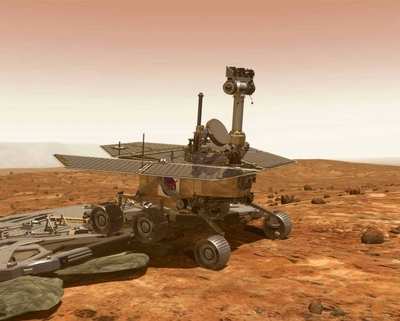
"I would love to see that view from the rim," Squyres said. "But
even if we never get there, as we move southward we expect to be
getting to younger and younger layers of rock on the surface. Also,
there are large craters to the south that we think are sources of
cobbles that we want to examine out on the plain. Some of the
cobbles are samples of layers deeper than Opportunity will ever
see, and we expect to find more cobbles as we head toward the
south."
Opportunity will have to pick up the pace to get there. The
rover team estimates Opportunity may be able to travel about 110
yards each day it is driven toward the Endeavour crater. Even at
that pace, the journey could take two years.
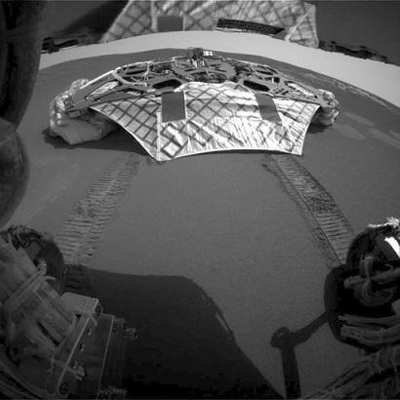
"This is a bolder, more aggressive objective than we have had
before," said John Callas, the project manager for both Mars rovers
at NASA's Jet Propulsion Laboratory in Pasadena, Calif. "It's
tremendously exciting. It's new science. It's the next great
challenge for these robotic explorers."
Opportunity, like Spirit, is well past its expected lifetime on
Mars, and might not keep working long enough to reach the crater.
However, two new resources not available during the 4-mile drive
toward Victoria Crater in 2005 and 2006 are expected to aid in this
new trek.
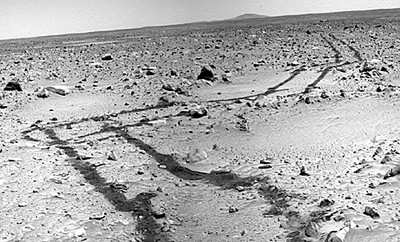
One is imaging from orbit of details smaller than the rover
itself, using the High Resolution Imaging Science Experiment
(HiRISE) camera on NASA's Mars Reconnaissance Orbiter, which
arrived at the Red Planet in 2006.
"HiRISE allows us to identify drive paths and potential hazards
on the scale of the rover along the route," Callas said. "This is a
great example of how different parts of NASA's Mars Exploration
Program reinforce each other." Other advantages come from a new
version of flight software uplinked to Opportunity and Spirit in
2006, boosting their ability to autonomously choose routes and
avoid hazards such as sand dunes.
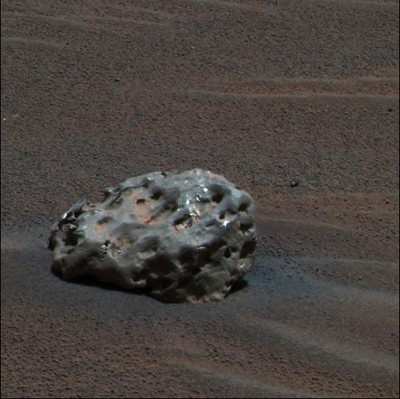
During its first year on Mars, Opportunity found geological
evidence that the area where it landed had surface and underground
water in the distant past. The rover's explorations since have
added information about how that environment changed over time.
Finding rock layers above or below the layers already examined adds
windows into later or earlier periods of time.
NASA's JPL built and manage the rovers and the Mars
Reconnaissance Orbiter for NASA's Science Mission Directorate,
Washington.
 ANN's Daily Aero-Term (06.03.25): No Gyro Approach
ANN's Daily Aero-Term (06.03.25): No Gyro Approach ANN's Daily Aero-Linx (06.03.25)
ANN's Daily Aero-Linx (06.03.25) ANN FAQ: Turn On Post Notifications
ANN FAQ: Turn On Post Notifications Airborne 05.30.25: Anti-Helicopter Bill, PW Strike Done, All-Electric Bristell
Airborne 05.30.25: Anti-Helicopter Bill, PW Strike Done, All-Electric Bristell Airborne 05.29.25: ATC Bonu$, VX4 eVTOL Flies, Starship 9 Test
Airborne 05.29.25: ATC Bonu$, VX4 eVTOL Flies, Starship 9 Test





